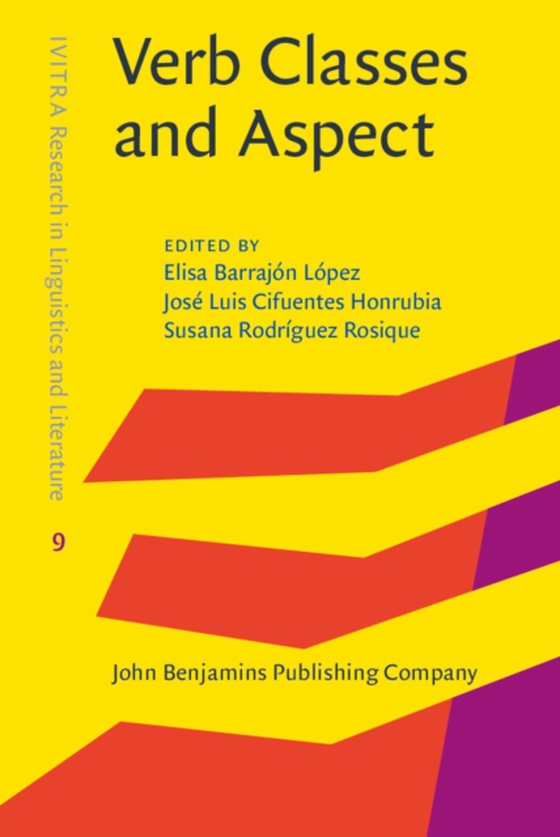
Verb Classes and Aspect e-bog
802,25 DKK
(inkl. moms 1002,81 DKK)
This volume offers a variety of perspectives on two of the main topics situated at the crossroads between lexical semantics and syntax, namely: (a) aspect and its correspondence with syntactic structure; and (b) the delimitation of syntactic structures from verb classes. Almost from Aristotle's Metaphysics, it has been assumed that verbs invoke a mental image about the way in which eventualitie...
E-bog
802,25 DKK
Udgivet
25 november 2015
Længde
460 sider
Genrer
Grammar, syntax and morphology
Sprog
English
Format
pdf
Beskyttelse
LCP
ISBN
9789027267856
This volume offers a variety of perspectives on two of the main topics situated at the crossroads between lexical semantics and syntax, namely: (a) aspect and its correspondence with syntactic structure; and (b) the delimitation of syntactic structures from verb classes. Almost from Aristotle's Metaphysics, it has been assumed that verbs invoke a mental image about the way in which eventualities are distributed over time. When it comes to determining time schemata, the lexical class to which the verb belongs represents a first step. Speaking about verb classes does not exclusively mean a semantic similarity; rather, verb classes exhibit a bundle of common features and thus show a set of recursive behavior patterns. Beyond the meaning of the verb, both semantic and syntactic factors, together with pragmatic ones, play a decisive role when establishing the aspectual classification of an eventuality. The contributions collected in this book approach the aforementioned lines, either analyzing the relationships between aspect and syntactic structure or traversing the path from a verb class to its syntactic manifestation. Some of them stress diachronic filiations, while others include processes of word formation in the debate; some of them focus on certain classes, such as movement verbs or psychological verbs, while others examine specific constructions. A number of chapters also discuss relevant theoretical issues concerning the analysis of aspect. In sum, the kaleidoscopic view provided by this book allows the reader to delve deeper into one of the most controversial - as well as exciting - topics within current linguistics.
 Dansk
Dansk

